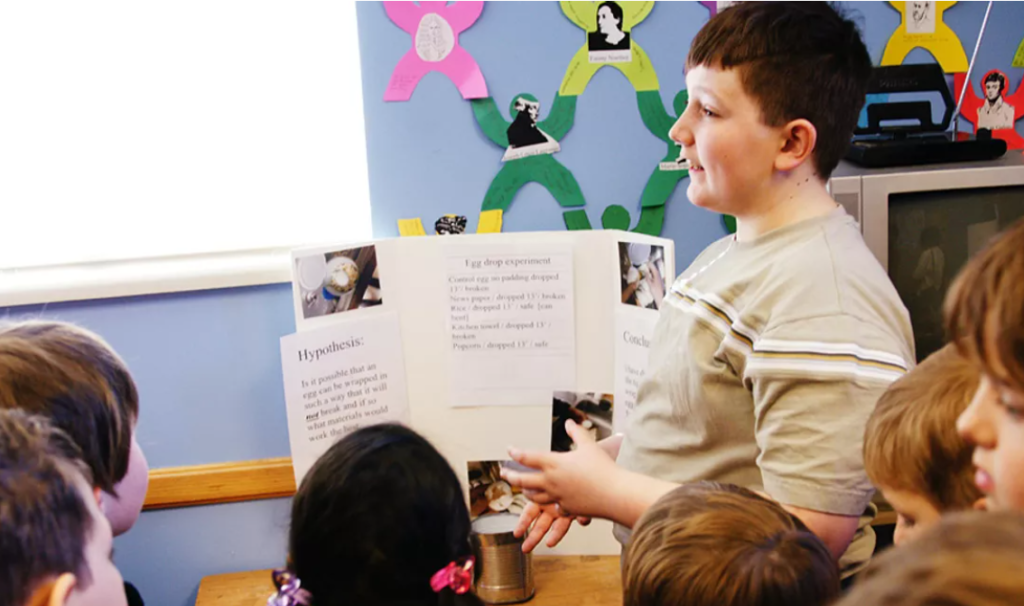
Around the country, talk of closures and quarantine is giving way to plans for re-opening. Despite moving in fits and starts, Utah officials found something unique for families and students to look forward to even if schools are closed for the rest of the year.
On Friday, state lawmakers approved a proposal to provide flexible learning scholarships to children with special needs. The Utah account-style scholarships combine the features of what are commonly known as tax-credit scholarships (like Florida’s scholarships for children from low-income families) and education savings accounts, as found in Arizona, Florida, Mississippi, North Carolina, and Tennessee.
Individuals and corporations will receive a dollar-for-dollar tax credit for donations to scholarship account-granting organizations. The scholarship organizations will use the contributions to award accounts to students. Parents can use a scholarship account to find educational therapists that meet a child’s unique needs, buy textbooks, and pay tuition at a private school or for online classes, to name a few possible uses.
Utah’s new scholarship offers families and students multiple private learning options, similar to education savings accounts. By funding the accounts through charitable contributions, Utah officials connected the scholarships with the private choices of businesses and other donors.
In 2016, Jason Bedrick, now policy director at EdChoice, Clint Bolick, former Goldwater Institute vice president and current Arizona Supreme Court Justice, and I described how such an arrangement could work in our research for the Cato Institute. We wrote, “Tax credits simply leave money in the hands of taxpayers who are free to choose which scholarship organizations to support with their own money,” and by adding the savings account component to the scholarships, Utah families can challenge their students or otherwise design a learning experience for a student.
Utah’s scholarship accounts followed a winding path to approval. Gov. Gary Herbert vetoed the proposal near the end of the legislative session, suggesting the scholarships would require new taxpayer spending. State analysts, however, had already reported that every child that leaves a public school to use a scholarship would save the state $1,871. While estimates were not available for existing homeschool or private school students, children with special needs often require expensive interventions no matter their school or learning routine.
With a global financial crisis settling in, lawmakers everywhere should be looking for effective, cost-saving ideas. The scholarships will be worth different amounts based on a family’s income, similar to K-12 private school scholarships available in Indiana. Utah children from families with income levels at or below 185 percent of the federal poverty line will receive scholarships worth approximately $9,000 per year, according to Utah Policy, while students from wealthier families will receive scholarships worth between $5,000 and $7,000, depending on a family’s income.
States around the country need innovation such as this. Before the pandemic, families of children with special needs were already aware of the kinds of products and assistance their children need to be successful and, if possible, learn to be independent. But during the recent shutdowns, meeting the needs of children diagnosed on the autism spectrum or living with Down syndrome presented a challenge to parents and educators. Families using accounts in North Carolina and Arizona have reported that they can continue many services for their children because the accounts are so versatile. Families of these children celebrate when their students make progress and are justifiably fearful those improvements will be lost when normal routines are interrupted.
Utah’s scholarships will be active in January 2021, which gives officials time to sort out some of the features clearly available to children using education savings accounts, such as the ability to save money from one year to the next to prepare for future expenses. Utah policymakers should look to the states with accounts to find answers to common questions about how students can access more than one product or service.
Good ideas like this have a way of breaking through, despite a governor’s veto pen. And this one arrived just in time for Utah families who are ready for life after the pandemic.


